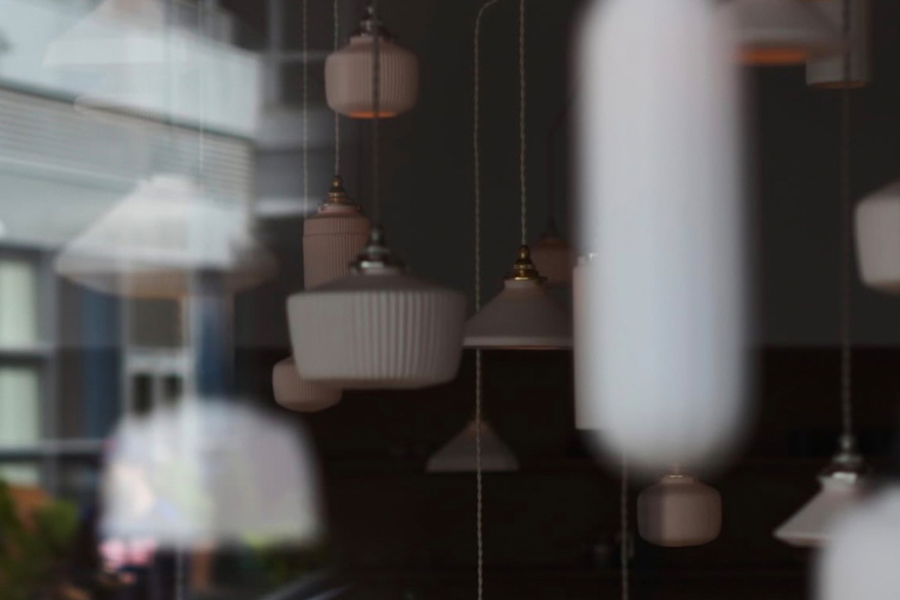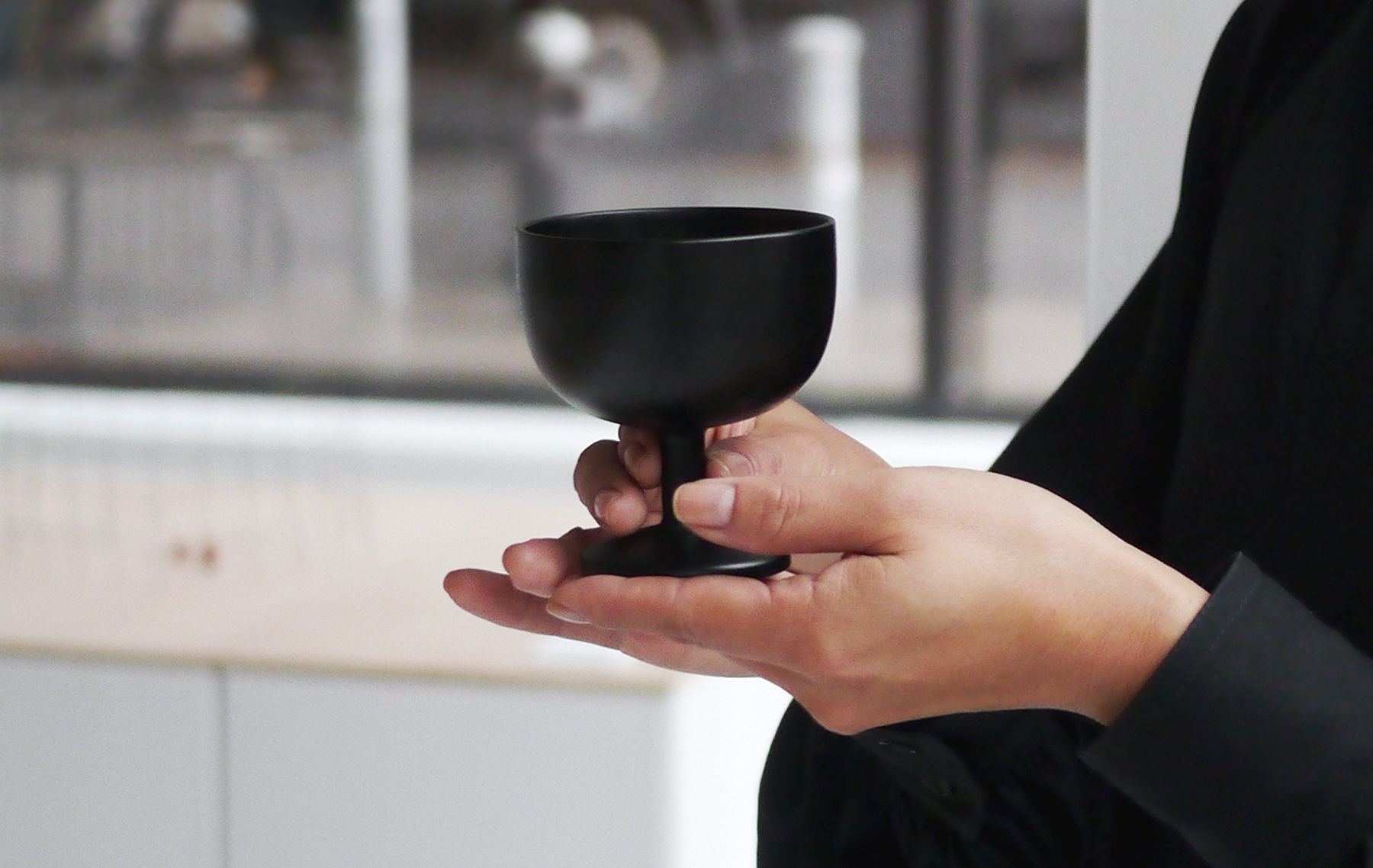Blurring Boundaries | Exhibition Statement
In this Journal entry, we present Part II of a two part guest series by Ryuji Mitani. View Part I here.
As we eagerly anticipate our upcoming exhibition, Blurring Boundaries, we continue to offer insights into the ideas that have shaped Ryuji Mitani’s prominent career. Known as a visionary for his introduction of the color white in urushi lacquer wood wares, Ryuji Mitani has paved the way for a new outlook on traditional woodcrafts. He has lead organizations and written multiple books that propel a movement called Seikatsu Kougei. As a result he has inspired an entire generation of artisans in his pursuits of blurring established boundaries in his field.
The entry below was translated from Japanese to English.
I handle wood and urushi lacquer every day. Japanese urushi ware has traditionally been made in either a deep red or black color. Red urushi is usually made with cinnabar or iron oxide. Because of the high cost of cinnabar, a vivid color that expresses nobility, it has historically been applied to special items used for celebratory occasions. On the other hand, most aspects of our daily life are informal and special occasions to use formal tableware are few and far between. It’s almost innate to use red urushi wares less often. When I thought about the color of tableware that was ideal for our everyday lives, the color white came to mind.


Since I started making urushi wares, I’ve always felt uncomfortable with traditional Japanese styles like the red urushi I’ve mentioned, and I’ve never been able to integrate it into my work. Considering I belonged to the field of woodworking, which differs from the field of urushi, and because I was not a professional urushi artisan, I was afforded the liberty to select white as my color of choice. Going against the standards that professional artisans established without questioning my actions was privilege for an amateur like me at the time.
White is an essential color in my opinion. I realized that white, which is seen in white shirts, white walls, and white tableware like ceramics or kobiki glaze, are my favorite. My memory of the color white dates back to when I lived in my birthplace, Fukui, the snowy prefecture in the Hokuriku district. The wall of white snow cover that once reached the second floor of my house was impressive and unforgettable. Because I placed priority on finding my identity as an artisan over following established Japanese ways, I discovered a new world of white urushi.
Jukō Murata, known as the founder of Japanese wabi tea, noted the importance of blurring boundaries between the Japanese and Chinese culture. He established an original wabi-cha tea style from the method of blending the two. He united the tea culture of China with the Zen philosophy of Japan to create a unique new Japanese tea tradition. Similarly many things currently exist in Japan that are the result of blurring boundaries between Japanese and Western cultures.
The modernization of Japan started over 150 years ago as a result of Western influence. Our life in Japan is not only the result of such modernization, but also the new Japanese-like style that differs from purely Western style. It’s inaccurate to say that modern Japanese architecture, fashion, music, movie, manga, animation, food and more are all Western style influenced. Instead, It seems like we’ve been slightly converting them into our preferred modern way of living, while simultaneously accepting Western habits.


Japanese home cooking has a wide variety of cuisine such as Japanese, Western, Chinese, and more. Since we cook all kinds of meals every day, it’s almost impossible to prepare tableware in each style for each dish. Versatile tableware with undefined functions that can be used for all kinds of meals is particularly appreciated. Unlike the old days, our homes and clothes are almost entirely Western, but old living customs still remain like taking off our shoes before entering a house, for example – a habit derived from our desire to live clean. While we’re adopting Western styles we are also converting our way of living into what we prefer. I think this modern Japanese way of life is being well received in the US, and people are beginning to appreciate it.
I hope many can experience Japanese lifestyle from this exhibition while finding the joy and beauty of our everyday lives.

Works by Ryuji Mitani featured in these images will be available during the exhibition.
Photography by Armando Rafael Moutela.






